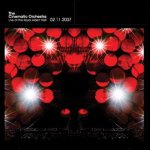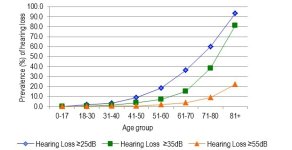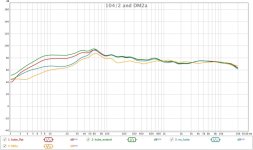I'm posting some room measurements of my 'new' Kef 104/2 speakers, recently aquired from 'Spider'. Unfortunately the previous thread in 'classified' has been archived so I'm now starting a new thread to discuss their measurement and performance in my room.
It took me a while to get hold of a mic, but I've been now been able to borrow a calibrated miniDSP measurement mic and have done some measurements using the REW software package. The first three are waterfall charts of the 104/2:
a) without the Kube
b) with the Kube
c) with the Kube, with 'extend' on
and then there's a similar chart of my previous speakers (B&W DM2a) which I perceived as less boomy.
I'm a novice at room measurement and I haven't had time to read the REW notes properly so here goes my attempt to interpret the above:
1) the Kube gives the 104/2 a flatter bass response
2) the Kube with the 'extend' gives an even flatter bass response
3) the 104/2 has a significant hump around 60Hz
4) the 35-75Hz range has a much slower decay rate than the other frequencies
5) the slow decay rate of the 35-75Hz range increases as the bass response is flattened by the Kube. i.e. is worse in [2] and worse again in [3]
6) the 'old' B&W DM2a speakers don't have the low bass, have a similar bass hump around 60Hz but the decay is faster.
Is what I'm describing what's referred to as a 'room mode'?
I'd be very grateful for your comments.
Thanks
Ed
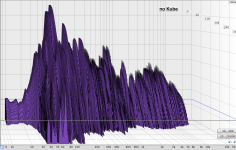
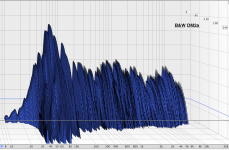
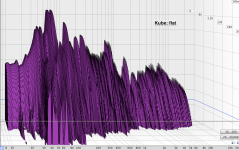
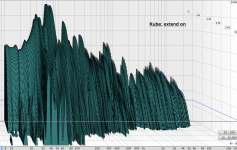
It took me a while to get hold of a mic, but I've been now been able to borrow a calibrated miniDSP measurement mic and have done some measurements using the REW software package. The first three are waterfall charts of the 104/2:
a) without the Kube
b) with the Kube
c) with the Kube, with 'extend' on
and then there's a similar chart of my previous speakers (B&W DM2a) which I perceived as less boomy.
I'm a novice at room measurement and I haven't had time to read the REW notes properly so here goes my attempt to interpret the above:
1) the Kube gives the 104/2 a flatter bass response
2) the Kube with the 'extend' gives an even flatter bass response
3) the 104/2 has a significant hump around 60Hz
4) the 35-75Hz range has a much slower decay rate than the other frequencies
5) the slow decay rate of the 35-75Hz range increases as the bass response is flattened by the Kube. i.e. is worse in [2] and worse again in [3]
6) the 'old' B&W DM2a speakers don't have the low bass, have a similar bass hump around 60Hz but the decay is faster.
Is what I'm describing what's referred to as a 'room mode'?
I'd be very grateful for your comments.
Thanks
Ed







